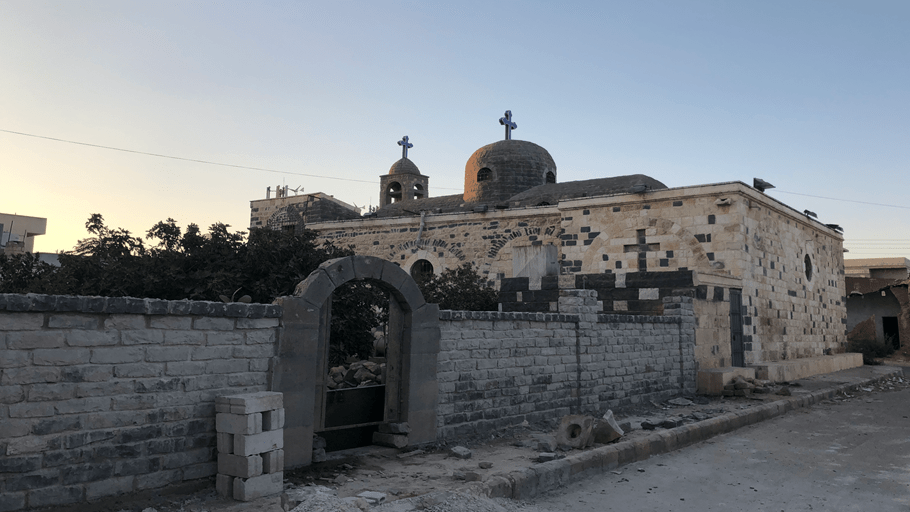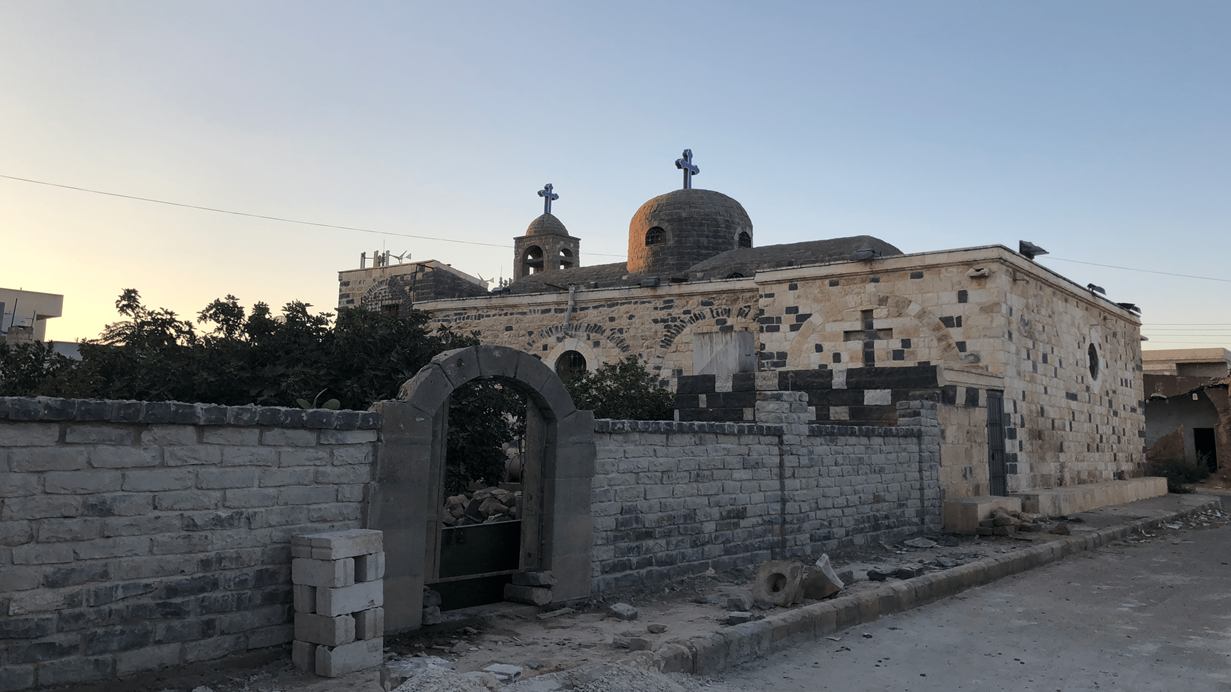The church has been part of society in Syria for around 2,000 years – about as long as the church has existed. Today, Christians are a minority group in the country, but with its deep roots in communities, the church in Syria is still amongst the first to respond in times of crisis.
The complex civil war context
A complex civil war has raged in the country for more than a decade, costing the lives of more than half a million people and the local church has faced many challenges – as have Syrians of all faiths.
As people have been forced to flee their homes in search of safety from the conflict, levels of poverty have increased significantly. Many of the most vulnerable families have ended up living in overcrowded areas of cities. Providing for their basic needs – such as safe shelter, warmth, food and education for children – can be an enormous challenge. The healthcare system has taken extreme strain, made worse by the pandemic.
It is estimated that around half the population of Syria is currently food insecure. Coupled with a lack of access to safe water and sanitation this has resulted in the spread of waterborne diseases, leading to a dramatic increase in child malnutrition.
The earthquakes on 6 February
For a country already facing such significant levels of need, the terrible earthquakes in February this year left even more people without access to essential services, including safe water, education and medical care.
An estimated 6,000 people died and more than 12,000 were injured across the country when the earthquakes struck. Millions of people were affected and thousands of homes destroyed. With nowhere else to go, six months on from the disaster many people continue to live in temporary shelters.
Even before the earthquakes, around two-thirds of the population required some form of humanitarian assistance and the ongoing economic crisis has also contributed to an increase in gender-based violence and child exploitation.













